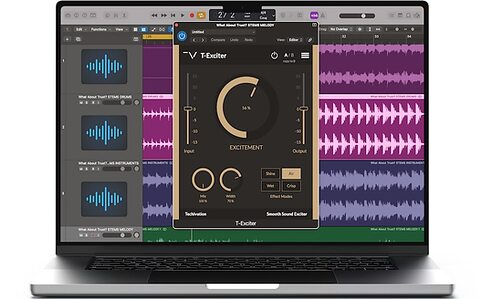
GearFest UK - Focal ST6 UK Launch
GearFest UK will be the offical UK launch of Focal's new ST6 monitor range, with the Twin6 ST6 making its first UK appearence .

GearFest UK will be the offical UK launch of Focal's new ST6 monitor range, with the Twin6 ST6 making its first UK appearence .

Prism Sound will be hosting a day of music production technology, chat and education at Rockfield Studios, UK.

Chord Sequencer is the latest Player device from Reason Studios, and has been designed with both new players and experienced musicians in mind.

The seventh annual HOFA Song Contest is now open for entries until August 3rd 2022.

Version 2.0 of Drop Pad from Sub51/Soundtrax brings improved functionality and some new MOD and FX features.

Techivation's latest plug-in offers enhancement and stereo imaging tools with a simple and intuitive GUI.

Decksaver have released 11 new protective covers for synthesizers and pro audio gear, expanding their range to over 320 products.

Novum allows users to generate up to six independent layers from a single sample...

Thematic Horns is the latest Spitfire product in their growing range of libraries recorded at Abbey Road.

Akai's latest instrument combines an MPC with a keyboard/synthesizer, and offers a complete standalone production environment.